What Is Technical Debt – and How Do You Pay It Down?
In the world of franchising, technical debt is one of those problems you don’t always see – until it slows you down. Like real debt, technical debt accumulates when short-term workarounds or outdated systems are used in place of strategic, scalable solutions. While it may feel manageable in the moment, over time, it compounds – leading to rising IT costs, more frequent disruptions, security risks, and limited capacity for growth. During tight budget periods, this “invisible weight” becomes even more obvious, as businesses are forced to confront what’s holding them back.
So, what is technical debt, really? In simple terms, it’s the result of taking shortcuts in technology – whether that’s implementing quick fixes, deferring upgrades, ignoring security patches, or holding off on system integrations. Often it’s not caused by negligence, but by necessity. Franchise operators under pressure to launch new stores or roll out digital services may choose the fastest route rather than the best one. Over time, this adds up in the form of incompatible platforms, redundant tools, and IT teams spending more time fixing problems than innovating.
Franchise businesses are especially vulnerable to technical debt. With multiple locations, inconsistent infrastructure, and varying levels of tech adoption among franchisees, it’s easy to end up with a hodgepodge of legacy systems and outdated processes. Each location might be managing its own version of a POS system, or using different tools for payroll, marketing, or inventory – making it difficult to centralize operations or measure performance system-wide. And when upgrades are delayed due to budget constraints, the gap between what the system can do and what the business needs only widens.
The consequences of technical debt are tangible: increased downtime, rising support costs, slower onboarding for new franchisees, data silos, customer experience inconsistencies, and greater cybersecurity vulnerabilities. Most importantly, it limits your ability to innovate. If your IT team is stuck patching old systems, they’re not building toward the future.
So how do you get out of technical debt – especially when funds are limited?
The first step is recognizing it. Conduct a full audit of your IT environment. Where are you relying on manual workarounds? Which systems are past end-of-life? Are franchisees using different tools or workflows? Identify which parts of your tech stack are no longer serving your goals – and how that’s impacting cost, productivity, and growth.
Next, prioritize based on impact. Not all debt needs to be paid off at once. What’s costing you the most today? That might be legacy software with high support fees or a lack of centralized data access across locations. Choose high-impact areas where upgrades will drive efficiency or reduce risk – then build a phased roadmap from there.
Sometimes the answer isn’t to replace everything, but to better integrate what you already have. Cloud platforms, API-based tools, and automation can help bridge the gaps between old and new. Consolidating vendors or adopting franchise-wide tools like unified CRM or POS systems can simplify your environment and reduce redundancies.
When budgets are tight, fractional IT services can be a huge asset. Rather than hiring full-time staff or launching a costly overhaul, fractional partners help you evaluate, prioritize, and execute improvements strategically. They can design and manage an IT roadmap that reduces technical debt while maintaining daily operations – without breaking the bank.
Finally, shift your mindset. Addressing technical debt isn’t just a cost – it’s an investment in your franchise’s growth and resilience. Every hour saved from troubleshooting legacy tools is an hour that can go toward customer service or strategic planning. Every outdated system you upgrade reduces your cybersecurity risk. Every time you standardize a process across locations, you increase your operational efficiency.
At Tsource, we help franchise systems confront technical debt with clarity and confidence. From IT assessments and integration strategies to full-service execution and support, we create tailored plans that fit your budget and your goals. If your tech is holding you back, we’ll help you turn it into a launchpad.
Because growth may be slow now – but the businesses that prepare today are the ones who win tomorrow.

This Post Has 0 Comments